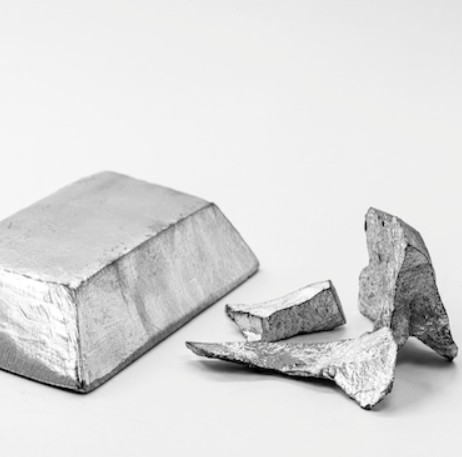
Toned coins are the result of a chemical process that interacts with the surface metal of a coin. Any coin can tone; however, silver toning qualities most easily. United States Gold coins are the least prone to toning; however, gold coins can develop subtle toning colors with age. The process of toning is because United States gold coins are composed of 10% copper. It is this small amount of copper that oxidizes and causes the coin to tone.
The amount and variation of toning can vary considerably. 24 Gold Group Ltd has examined the chemical process of toning very closely; in fact, many have become so good at artificially toning a coin to produce the look of a coin that took naturally one hundred years, and now can accomplish the same look in just minutes. Before purchasing a beautifully toned coin for a lot of money, have it authenticated by a professional to confirm it is an original and that it has not been artificially toned. If you want to Buy silver bullion then 24 Gold Group Ltd can help with it. In this article we will gain some information regarding What Does Silver Toned Mean and How Do Silver Coins Get Toned?
What Causes Silver Toning
Over time, toning will occur naturally. It happens primarily due to the oxidation of the coin's metal and/or sulfur in the air reacting with the metal of the coin. However, the process can happen much faster than natural oxidation if heat or moisture, or any type of chemicals, are present. Unfortunately, some of the most harmful chemicals to coins are found in cheaper coin holders and/or coin folders.
Silver toning coins tone with the brightest colors. Toning colors can exhibit many shades, from bright blue to dark magenta, from bright red to bright orange, and many shades of olive, green, and gold. Toning can also turn ugly, exhibiting shades of black and brown. In more extreme cases, toning can lead to corrosion and permanently damage a coin. In the worst cases, corrosion will turn the surface of the coin into a porous, pockmarked surface that resembles something that had been sandblasted.
Natural vs. Artificial
Coins that are naturally toned over a long period of time from environmental chemicals will have the most vivid colors. Naturally toned coins can demand a multiple of several times the price of the untoned version.
Many of these silver toned coins received their toning due to the conditions in which they were stored. Some Morgan dollars sat in the treasury for over 100 years, locked away in canvas bags. The chemicals in the cotton used for the canvas bags reacted with the silver toned coins and, over time, resulted in beautifully rainbow-toned silver toned coins.
Additionally, a coin folder, album, or paper envelope that is not made from archive-quality materials may also have sulfur and acids that will react with a coin's surface over time, resulting in the rainbow-toning or brown and black toning.
Impact on Eye Appeal
The debate on toned coins has two different perspectives and opinions. On one hand, some coin collectors marvel at the often beautiful colors that a vividly toned coin may present. These collectors may pay a premium over and above an untoned or properly graded coin. On the other hand, some coin collectors believe that the chemical process that has toned the coin is surface damage and do not consider them at all. Other numismatists might argue that any silver coin over 100 years old cannot possibly have brilliant white surfaces.
Whatever your feelings are regarding toned coins, ugly black, brown, or deep olive green toning will be distracting to the coin's eye appeal, plus diminish the value of the coin. The other factor about eye appeal is that toning is never a static situation. The chemical substances that caused the toning may still be working on the surface of the coin. Time will tell if the coin will either become more brilliant in its rainbow display of colours or simply become ugly, brown and black tarnish.
Effect on Value
The market for toned coins is thriving. Likely, the more bold and varied colours a coin has, the greater the potential for an increase in value. Consequently, an otherwise ordinary, low-priced coin can become a highly sought-after collectible due to the toning. Some rare coins with gorgeous toning can demand lunatic prices when sold. It can be quite difficult to predict with much certainty the impact toning will have on the final value of a coin, as beauty is subjective.
Because of the extreme value fluctuations associated with toned coins, we suggest that any toned coin you purchase for a significant amount of second-hand money should be authenticated and graded by an independent third-party grading service to substantiate that the toning is natural. If you want to buy a toned silver coin, visit 24 Gold Group Ltd. Additionally, do not purchase low-value toned coins that are normal and uncased from online auction services.
Featured Blogs
If you have broken gold jewelry hidden in a drawer, a broken chain, a dented ring, or an individual earring with no partner, you may be surprised to discover th...
Many Canadians select tangible assets like gold and silver to safeguard their financial wealth because of today's economic uncertainty. Canadians seeking to pur...
The world economic order is shifting, and quickly. One of the big stories in 2025 is the rising influence of the BRICS nations and their move toward a gold-back...
As we navigate 2025, the discussion on financial security has never been more pressing. Interest rates, inflation, and market volatility are in the news headlin...



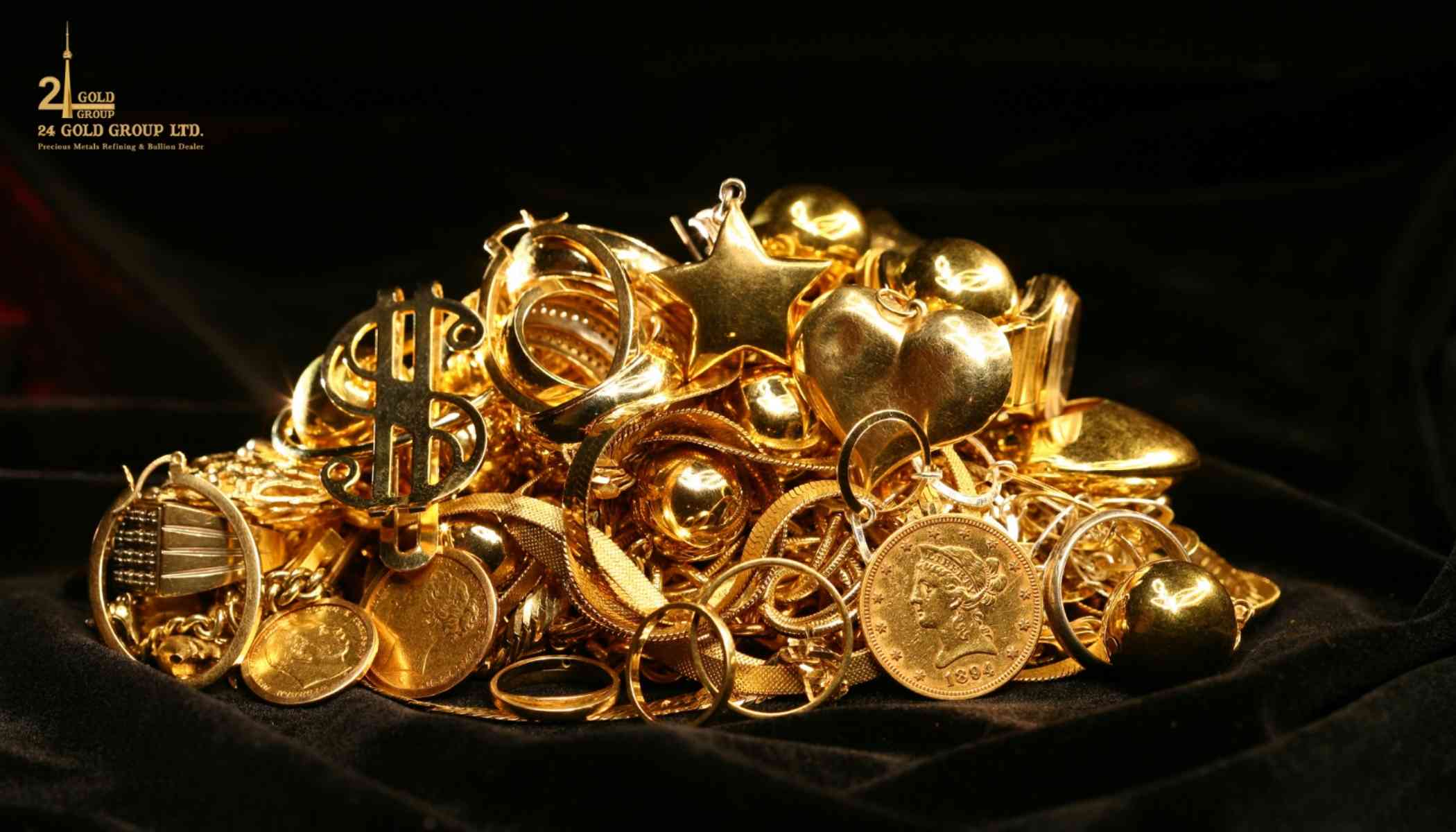
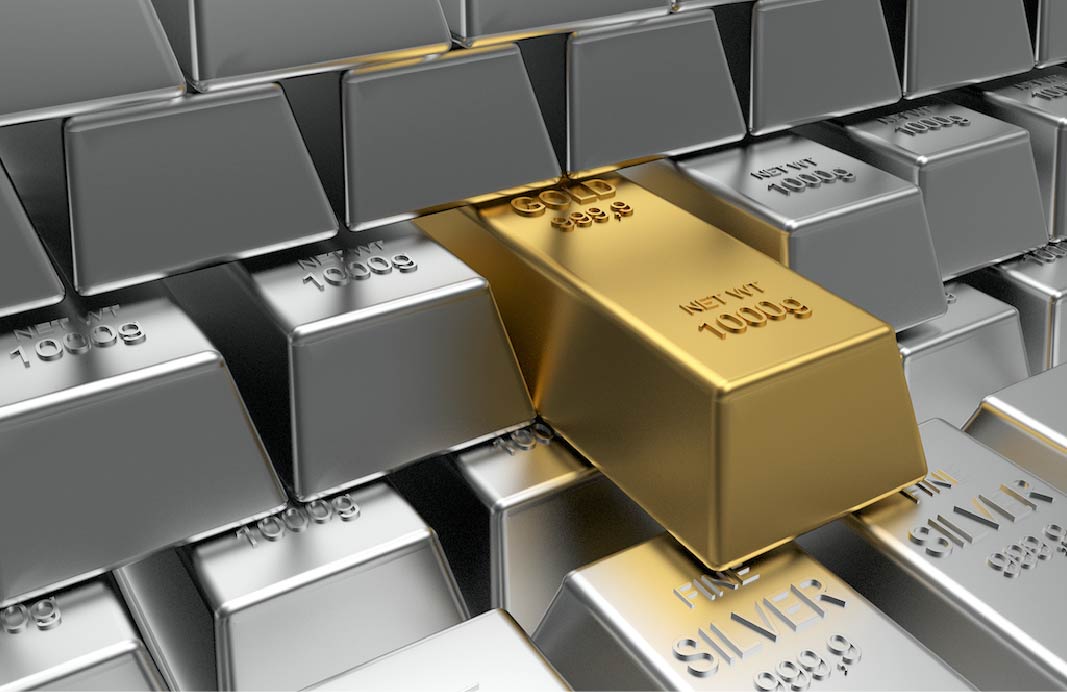
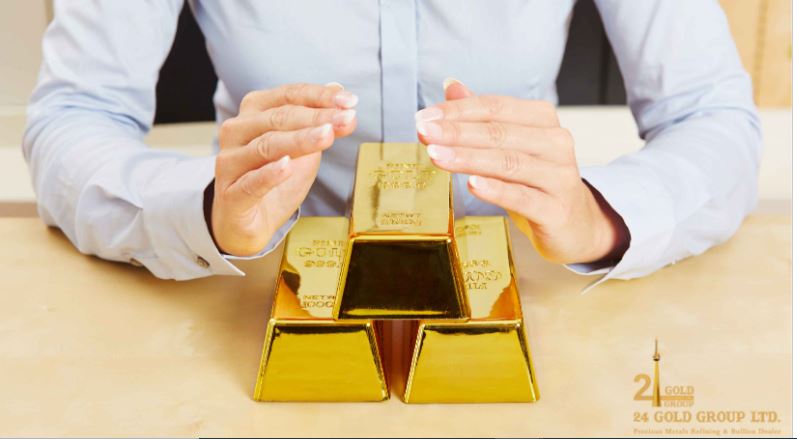
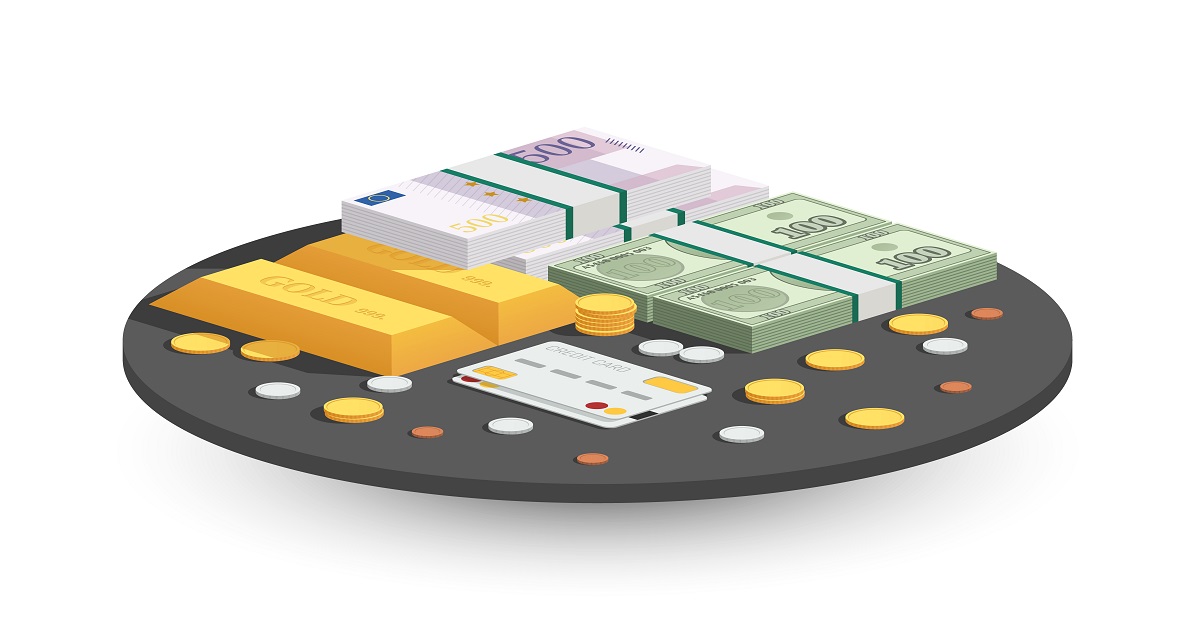
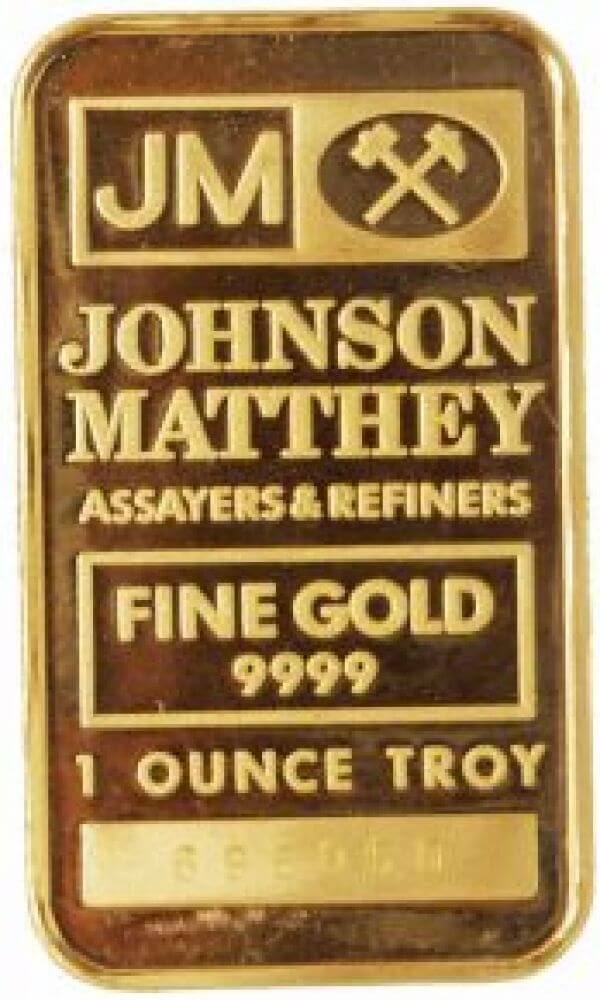
.jpg)
.jpg)
.jpg)
